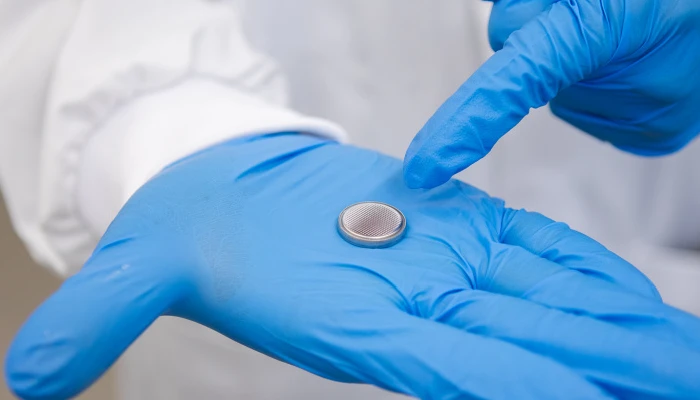In a groundbreaking shift that might sound like a paradox, scientists have found a way to mix water with technology in a manner that could redefine our approach to energy storage. Introducing the concept of ‘water batteries,’ a safer, greener, and more cost-effective alternative to the traditional batteries that power our daily lives. At the heart of this innovation lies the idea of swapping out the hazardous chemical electrolytes found in commercial batteries for something far less dangerous and far more familiar: water.
Revolutionizing Batteries with H2O
‘Water batteries,’ or aqueous metal-ion batteries as they’re technically known, are setting the stage for an energy revolution. Utilizing metals like magnesium or zinc, these batteries are not only cheaper to produce, but significantly reduce the toxicological footprint compared to their lithium or lead-acid counterparts. This shift isn’t merely about cost or environmental benefits; it’s a leap towards safer energy storage solutions.
Batteries function as a medium to store energy, facilitating a flow of electrons between two terminals: the cathode and the anode. The liquid inside the battery, called the electrolyte, is crucial for shuttling electrons back and forth. By using water enriched with salts as the electrolyte, water batteries dodge the need for hazardous substances like sulfuric acid or lithium salts.
Overcoming the Hurdles
One of the critical breakthroughs reported by the research team from RMIT University in Melbourne, Australia, led by chemical scientist Tianyi Ma, is a novel method to halt dendrite growth. Dendrites, tiny metallic spikes, can cause short circuits by penetrating the battery’s compartments. This innovative solution not only addresses a longstanding barrier but also enhances the longevity and safety of water batteries.
Though the advent of water batteries is promising, displacing the ubiquitous lithium-ion batteries is a distant goal. Lithium-ion batteries, despite their efficiency, have been under scrutiny for their tendency to overheat or even catch fire. “Lithium is quite an active metal,” explains Ma, emphasizing the inherent risks in current battery technology.
A Path Forward
The solution proposed by Ma and his team involves coating the zinc anode with bismuth metal, which upon oxidation forms a rust-like protective layer. This ingenious approach not only prevents dendrite formation but also allows the batteries to retain over 85 percent of their capacity after 500 cycles of use.
The prototypes developed thus far range from coin-sized batteries, akin to those found in clocks, to cylindrical versions comparable to AA or AAA batteries.
The team’s ongoing efforts to boost the energy density of water batteries could soon make them viable alternatives for devices that currently rely on compact lithium-ion batteries.
The Bigger Picture
Magnesium, preferred for its light weight and higher energy potential, stands out as a promising material for future iterations. “If magnesium-ion batteries can be commercialized,” Ma suggests, “the technology could replace bulky lead-acid batteries within a few years.” This shift would not only address the heavy environmental toll of lead-acid batteries but also streamline energy storage solutions for a variety of applications.
Moreover, the imperative to recycle or repurpose lithium-ion batteries gains urgency as the world transitions to greener energy systems.
More To Discover
- Mystery Solved: Floating Object off Washington Coast Revealed as Renewable Energy Prototype
- Scientists Unlock Circular Recycling for One Of The Most Common Plastics
- Hima Seafood Launches World’s Largest Land-Based Trout Farm in Norway, Pushing Sustainable Aquaculture Forward
- What’s Holding Back the Solar Revolution? The Lab-to-Market Gap

In practical terms, the researchers demonstrated the potential of water batteries in renewable energy storage by connecting their design to a solar panel and a 45-watt light, achieving 12 hours of illumination from a single day’s charge. This success story is a glimpse into the future where water batteries could play a crucial role in powering our world sustainably.
The findings, detailed in the journal Advanced Materials, aren’t just a scientific achievement; they’re a beacon of hope for a world in dire need of sustainable, safe, and efficient energy storage solutions. As we march towards a greener future, the tale of water batteries is just beginning to unfold, promising a journey filled with innovation, sustainability, and the transformative power of H2O.





















